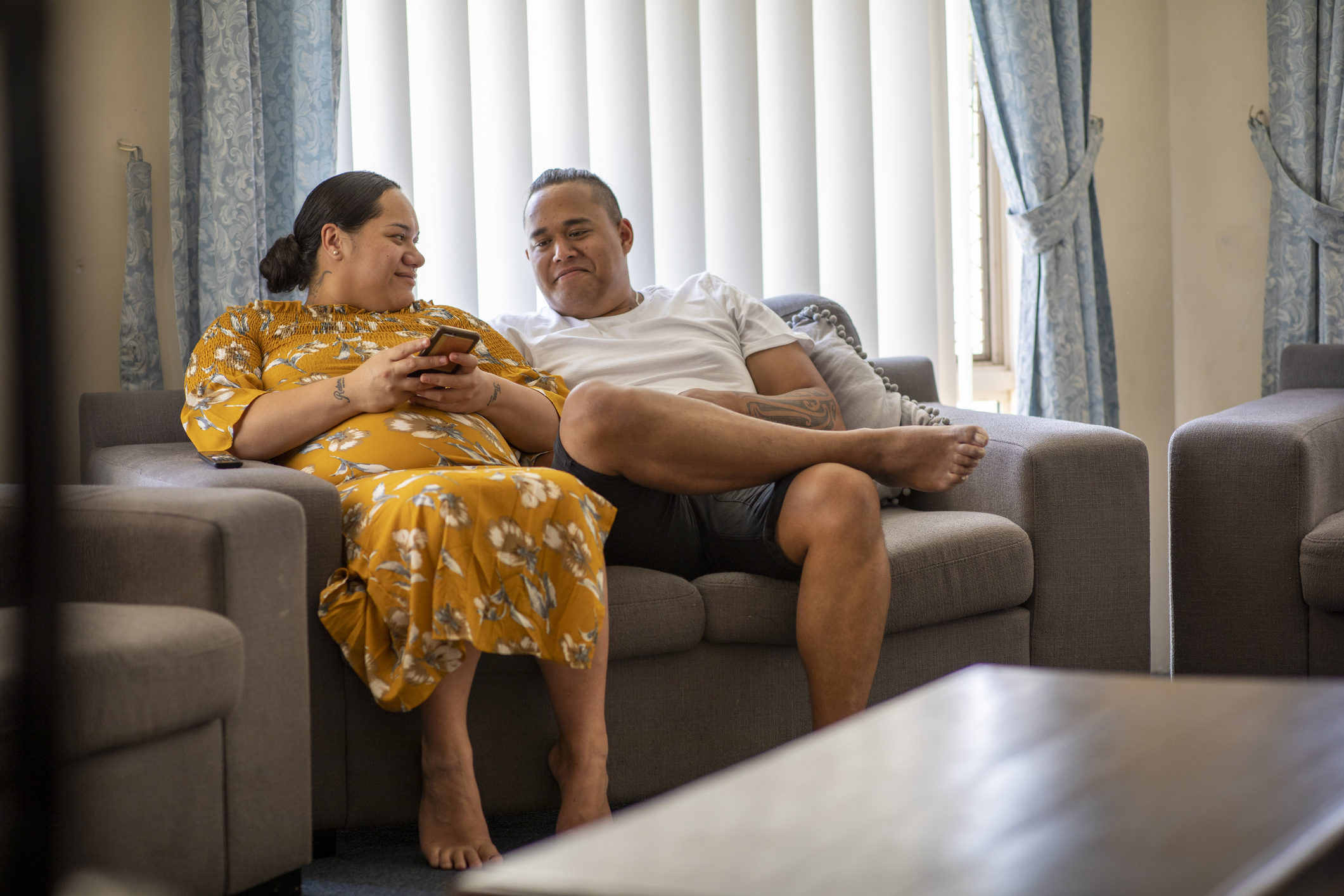26 October 2020
Virtual Health Services break down distance barriers at Goondir Health Services

Goondir Health Services is an Aboriginal Community Controlled Health Service (ACCHS) which provides primary health care and related health services to the local Aboriginal and Torres Strait Islander (ATSI) communities from Oakey in the south east of Queensland, to St George in the south west.
Using digital technologies including virtual health monitoring and mobile apps helps allow clinicians at Goondir Health Services to monitor the health of patients with chronic illnesses from their homes.
The challenge of managing chronic conditions
Data from Goondir Health Service’s Patient Information System shows that close to 53% of regular patients have at least one chronic illness. This is higher than the national average of 46% of Indigenous Australians with at least one chronic illness, as reported by the Australian Bureau of Statistics.[i]
Paul Penumala, Executive Strategy & Planning, Goondir Health Services, said, “Chronic conditions, such as diabetes, kidney disease and heart disease, cause significant illness and mortality in Aboriginal communities. To help our patients with chronic conditions stay healthy and remain out of hospital, regularly monitoring of their vitals, such as blood pressure, temperature and heart rate, is crucial. This will also allow us to associate with the specialists at HHS utilizing Virtual Health Services (VHS) for post discharge support to reduce readmissions.
“Many patients with chronic conditions find it difficult to travel to our clinic, particularly during the COVID-19 pandemic. Telstra Health’s suite of VHS technology helps allow us to monitor patients remotely and at their convenience, removing the need for them to travel and keeping them safe.”
VHS helps offer better support
The provision of VHS at Goondir Health Services is part of the Inreach Project, a partnership between Goondir Health Services, Darling Downs Health, UQ Centre for Online Health and Telstra Purple.
Patients participating in the VHS program are first carefully assessed for their suitability for the program. Clear guidelines for identifying and referring those who will benefit most from VHS have been developed and implemented. Those who join the program receive training and ongoing support so that they can safely use the monitoring equipment and apps at home.
“Giving patients training and ongoing support means they remain motivated and engaged in their own health journey,” says Paul. “It also supports our clinicians and other healthcare employees in their clinical decision-making, so they can help provide even more effective care.”
Virtual Health Monitoring (VHM) is provided through a secure digital health platform enabling clinicians to remotely monitor the health and wellbeing of their patients when they are connected to a mobile app via a compatible device. This typically includes monitoring of pulse and oxygen saturation, temperature, blood glucose, weight and blood pressure. Once this clinical data has been securely transmitted, any information regarding deteriorating conditions can be automatically flagged to a clinician, enabling healthcare providers to quickly follow up with patients by a secure video call, direct to the patient’s compatible mobile device.
Patient-centred care
As part of the initiative at Goondir Health Services, key quality and reporting protocols have been established, including documentation of acceptable ranges and alert levels for a number of vital signs. Processes to effectively monitor clinical data flows from devices (such as trends and alerts) and respond to parameters outside of acceptable ranges have been developed. Additionally, clinical actions are properly documented and timely Medicare claiming processes are in place.
The Inreach Project aims to remove barriers from the current complex healthcare system and help support patients with their journey between primary, secondary and tertiary healthcare services.
The use of VHS and other digital technologies in the provision of healthcare has become more common in recent years, particularly in rural and regional Australia, where patients often face considerable barriers accessing care. These can include a lack of access to transport, long distances to the nearest clinic or the restrictions imposed by the COVID-19 emergency.
“Our ongoing goal is ensuring the patient remains at the centre of all healthcare, no matter where they are in their health journey or where they are located. New technologies such as telemonitoring and telemedicine have clear advantages in these situations and help allow high-risk and vulnerable patients to access health care in a safe, timely and convenient manner.
“Our patients and clinicians are getting used to using these new virtual technologies and are seeing the personal and health benefits in doing so, particularly during the COVID pandemic,” adds Paul.
Telstra Health has developed a suite of Virtual Care solutions to respond to the unique challenges faced by those living in rural, remote and regional Australia, and for supporting healthcare providers in delivering continued high-quality patient care.
[i] ABS, National Aboriginal and Torres Strait Islander Health Survey, 2019.
